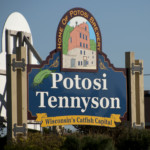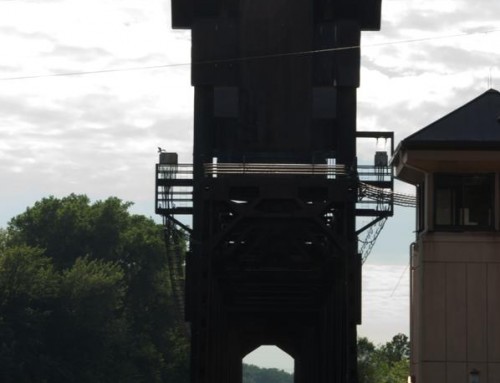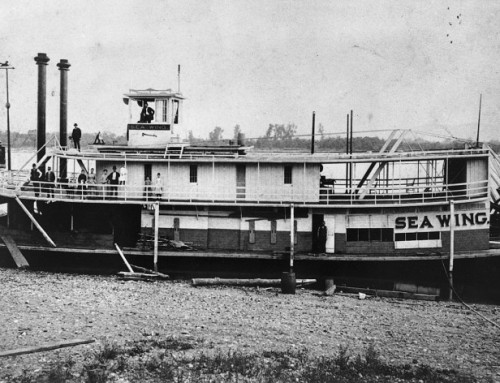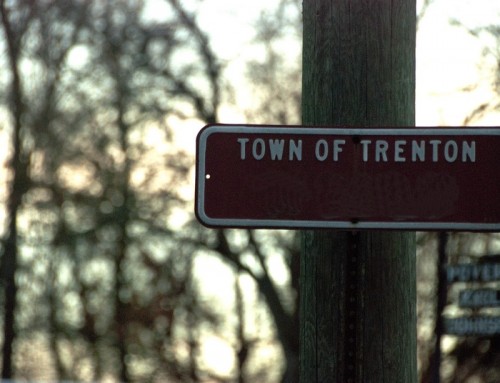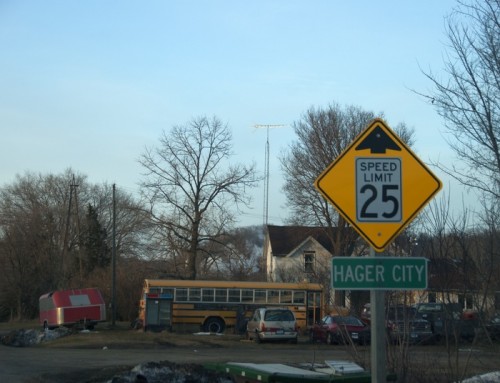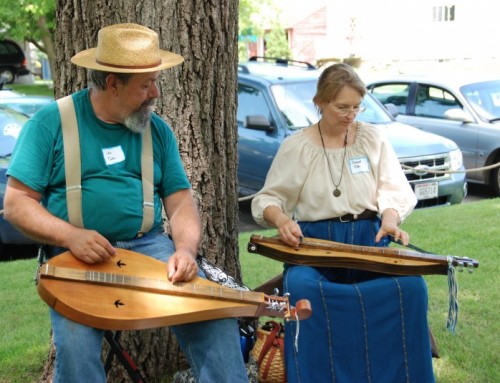Introduction
Tennyson and Potosi are virtually adjoining communities in southwest Wisconsin. Potosi gets most of the visitors, which makes sense since it has most of the stuff that interests visitors. Tennyson, though, is located among picturesque rolling hills and has a very interesting history in its own right.
Visitor Information
Direct your questions to the Potosi-Tennyson Chamber of Commerce (608.763.2912).
History
Before Tennyson was Tennyson, it was a mining camp called Dutch Hollow. German immigrants transformed it into a village. (In many parts of America, Dutch was an Americanized form of the word Germans used for themselves: Deutsch.) Henry and Godfrey Kreizer arrived around 1836. Henry was a butcher who made his living selling meat to the miners. Lead mining did not end completely until 1950, although after 1850 it was a minor player in the local economy.
Another early settler, Frank Mueller, built a three-story rock house in 1848 for his large family. Their home was the center of the community’s social life for decades, but especially during the mining era. The building had a general store on the first floor, a saloon and dance hall on the second floor, and the family’s residence on the third floor (for mom, dad, and 11 children!). The family was blessed with great musical talent and would gather on the front steps on warm days to sing.
In 1847, the Mueller’s hosted a young actor named John Wilkes Booth. He stayed for a while at their log cabin, often throwing his voice to tease the construction workers and performing for guests; most people don’t know that President Lincoln’s assassin was a gifted ventriloquist. The house is still around (it is now an apartment building across the street from Haverland’s Bar) although barely recognizable because the exterior was covered with stucco. Curiously, there are no markers that say: “John Wilkes Booth slept here.”
In 1913, the community changed its name to honor the poet Alfred Lord Tennyson. Local residents were probably motivated by rising anti-German sentiment in American on the eve of World War I.
Read more: Tennyson has a surprising connection to the character known as Uncle Sam.
Exploring the Area
The parish for St. Andrew Catholic Church (101 Church St.; 608.763.2671) dates back to 1846 when it was founded to serve a community of German immigrants. The current brick church was completed in 1876. The steeple is an impressive 135 feet tall. The interior has been through several renovations, but the altar is original.
Entertainment and Events
Festivals
The event of the social season is the Potosi-Tennyson Catfish Festival (608.763.2261) usually held the second week of August.
**Looking for more places to visit along the Mississippi River? Check out Road Tripping Along the Great River Road, Vol. 1. Click the link above for more. Disclosure: This website may be compensated for linking to other sites or for sales of products we link to.
Where to Go Next
Heading upriver? Check out Potosi.
Heading downriver? Check out Dickeyville.
Community-supported writing
If you like the content at the Mississippi Valley Traveler, please consider showing your support by making a one-time contribution or by subscribing through Patreon. Book sales don’t fully cover my costs, and I don’t have deep corporate pockets bankrolling my work. I’m a freelance writer bringing you stories about life along the Mississippi River. I need your help to keep this going. Every dollar you contribute makes it possible for me to continue sharing stories about America’s Greatest River!
©Dean Klinkenberg, 2024, 2021, 2018,2013,2011
